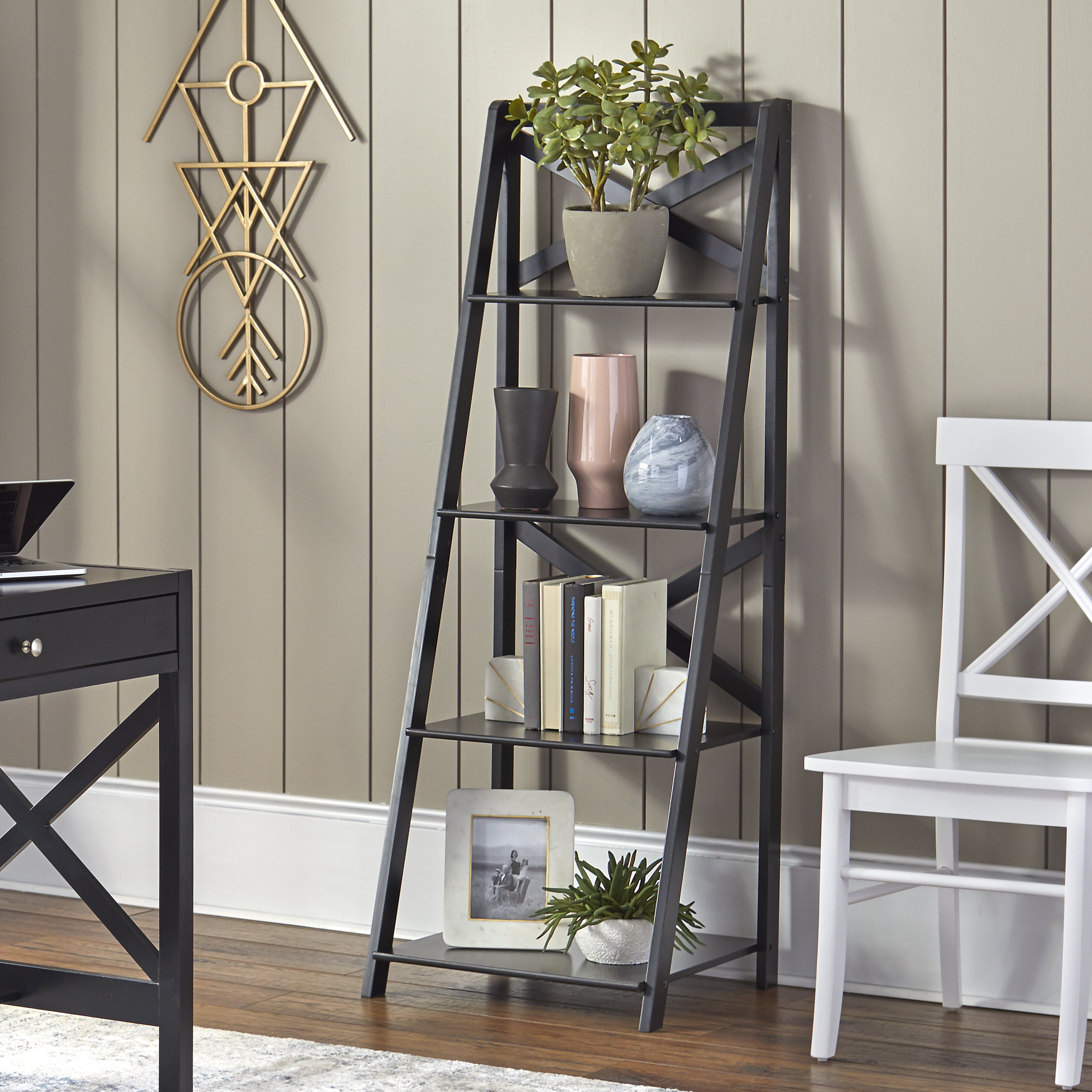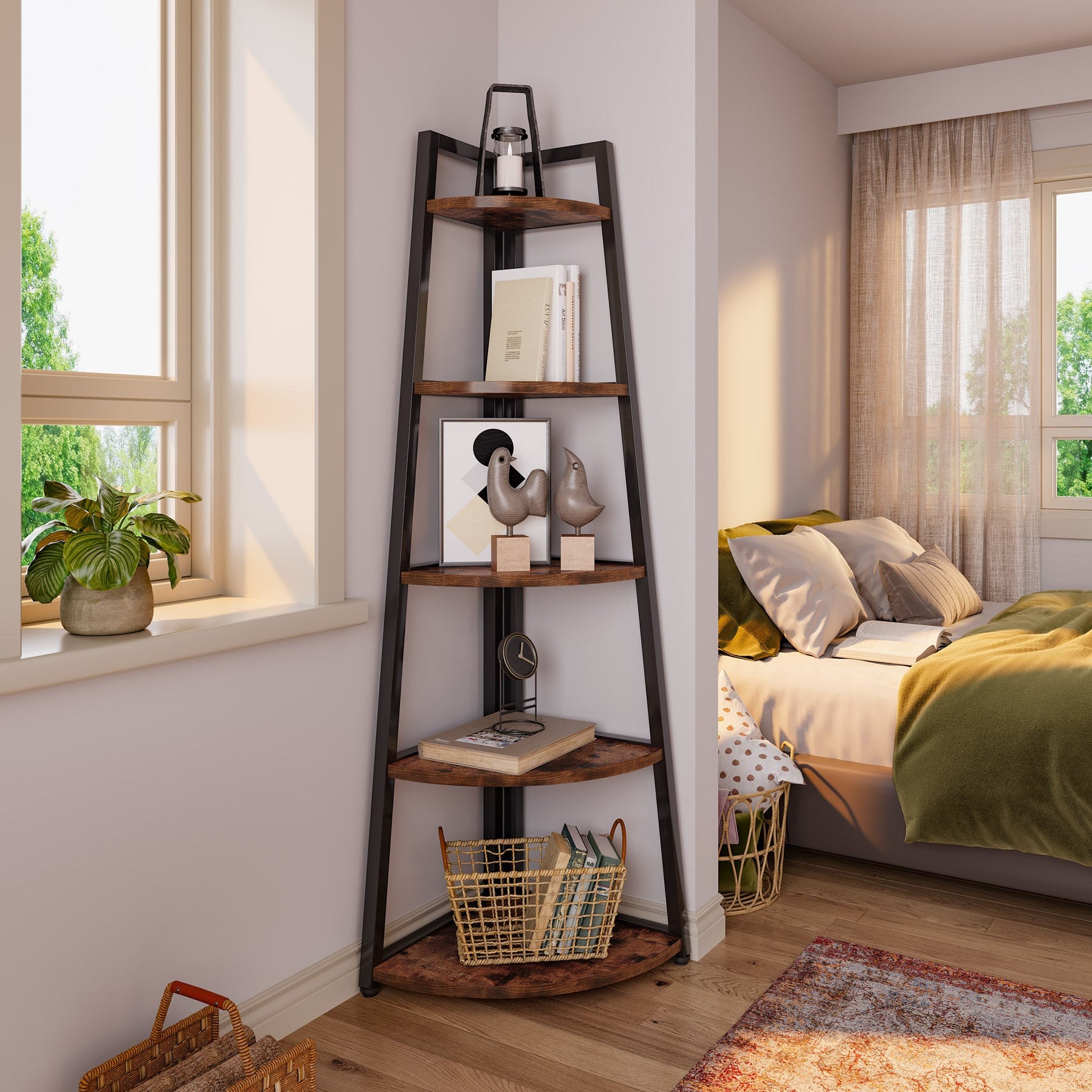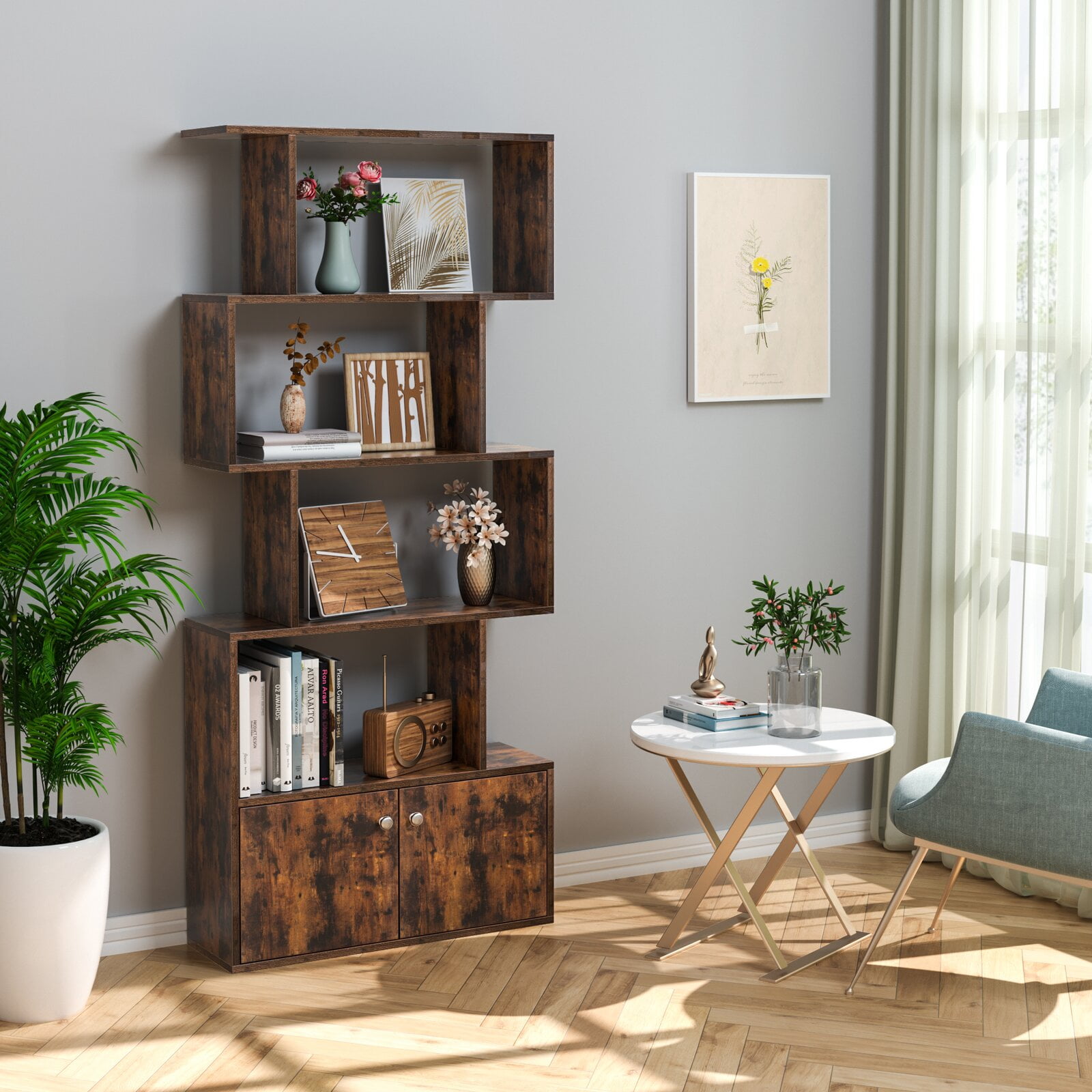Shelf Toilet Germany - A Look At This Unique Design
When you think about home fixtures, the toilet probably isn't the first thing that comes to mind for a deep conversation. Yet, in Germany, there's a particular kind of toilet that often sparks a bit of curiosity, especially for folks not used to it. It's often called a "shelf toilet" or a "wash-out toilet," and it has a rather distinct design feature. This isn't just about a place to, you know, do your business; it's about a piece of everyday life that tells a small story about how different cultures approach even the most private spaces. So, it's almost, a little bit like a design choice that quietly shapes daily routines.
Unlike the standard toilets many people are familiar with, where waste drops straight into a pool of water, the German shelf toilet has a flat, shelf-like area at the back of the bowl. This area holds things for a moment before they get flushed away. This design, in a way, brings a different kind of experience to the bathroom. It's a functional difference, certainly, but it also prompts questions about why this particular style became so common in German homes and public places. You might find yourself wondering about its origins and what practical benefits it might offer.
Exploring this unique bathroom fixture means looking at more than just its shape. It involves thinking about how it fits into German ideas of cleanliness, inspection, and even water conservation. It's a simple object, yet it carries a bit of cultural weight and a lot of practical considerations for those who use it daily. We're going to take a closer look at this interesting piece of German domestic life, figuring out what makes it tick and why it remains a fixture in so many places. It's a pretty interesting topic, actually, once you start to consider it.
Table of Contents
- What's the Deal with the German Shelf Toilet?
- Why Do Germans Prefer the Shelf Toilet?
- Living with a Shelf Toilet - What's it Like?
What's the Deal with the German Shelf Toilet?
The German shelf toilet, sometimes known as a "flachspüler" or "wash-out" toilet, stands apart from what many people outside of Germany might expect. Instead of the typical design where waste goes directly into a water-filled trap, this kind of toilet features a broad, flat surface, or a kind of "shelf," at the back of the bowl. When you use it, waste lands on this dry platform before the flush moves it into the water and down the drain. This setup is quite different, and it often leads to a few questions from visitors. It's kind of like discovering a different way to do something you thought was universal, you know?
This distinct structure isn't just for show; it serves a particular purpose. For one, it allows for a quick visual inspection of bowel movements, which some believe can be helpful for health monitoring. It also means that, at least for a moment, there's less splash-back during use, which can be a point of comfort for some. The flush mechanism then washes everything away, often with a good amount of force, to make sure the shelf is clean. It's a design that has been around for a very long time in Germany, and it's still quite common in many homes and public buildings across the country. Basically, it's a piece of everyday plumbing that has a unique story.
The very idea of a shelf toilet can seem a little odd at first glance, especially if you're accustomed to a different kind of toilet. However, its continued presence suggests that it meets certain needs and preferences within German culture. It's a functional item, certainly, but its design also touches on aspects of hygiene and personal observation. Understanding this kind of toilet means looking past just its appearance and considering the practical reasons behind its widespread acceptance. It's really quite fascinating when you think about it, how something so simple can vary so much from place to place.
A Closer Look at the Shelf Toilet Germany Design
To truly get a sense of the German shelf toilet, it helps to picture its inner workings a bit more clearly. The "shelf" part isn't just a flat piece of porcelain; it's angled just enough to guide waste towards the water-filled trap when flushed. The water level in the trap is usually lower than in many other toilet types, which contributes to the initial dry landing area. This means that, for a brief moment, everything is visible on the surface. This particular characteristic, in a way, is one of the most defining aspects of the design. It's a pretty straightforward concept, actually.
The flushing system for a shelf toilet is usually quite powerful. This is important because it needs to move waste from the shelf into the water trap and then down the drain effectively. German plumbing standards are often quite high, and this includes the efficiency of their toilet flushes. The goal is to ensure that the bowl is left sparkling clean after each use, without leaving any residue on the shelf. This attention to cleanliness is a key part of the design's appeal for many users. So, you know, it's built to do its job very well.
When you look at the overall shape, a German shelf toilet might not seem dramatically different from other toilets at first glance. However, the internal structure, with that distinctive shelf, sets it apart. It’s a design that has been refined over many years, reflecting a practical approach to bathroom fixtures. The materials used are typically durable ceramics, built to last and withstand regular cleaning. It’s a pretty solid piece of equipment, honestly, made to stand the test of time in a home.
Why Do Germans Prefer the Shelf Toilet?
It's a fair question to ask why a particular toilet design would become so common in one country while being less so in others. For the German shelf toilet, there are a few reasons that often come up. One common explanation points to a cultural emphasis on health and hygiene. The ability to easily inspect one's stool is sometimes cited as a benefit, allowing for early detection of potential health issues. This focus on personal well-being could be a factor in its enduring popularity. It's almost like a built-in health check, in a way.
Another reason often mentioned is related to cleanliness and odor control. While some might argue that the shelf design could lead to more odors, proponents suggest that because waste isn't immediately submerged, there's less "plume" or aerosolization of water particles that can carry odors. The idea is that odors are contained on the surface until flushed, rather than being released into the air from the water. This might seem counterintuitive to some, but it's a perspective that has shaped its use. So, it's a different approach to managing air quality in the bathroom, basically.
There's also a practical aspect related to water use. Some older shelf toilet models were designed to use less water per flush compared to some other toilet types, which could have been a factor in their initial adoption, especially in times when water conservation was a bigger concern. While modern toilets across the board are much more water-efficient now, this historical context might have played a role in establishing the shelf toilet as a standard. It's a piece of design history, you know, that reflects past priorities.
Finally, simply put, it's what many Germans grew up with. Familiarity plays a huge role in preferences for home items. If you've always used a certain type of toilet, it feels normal and comfortable. For generations, the shelf toilet has been the standard in German homes, schools, and public buildings. This means it's simply part of the everyday landscape, and there's often little reason to change something that works perfectly well. It’s pretty much just how things are done there, and that's a very powerful reason for anything to stick around.
Cultural Roots of the Shelf Toilet Germany
The story of the German shelf toilet is tied into broader cultural practices and historical developments. German culture often values order, efficiency, and a certain practicality. The design of the shelf toilet can be seen as fitting into these values. The ability to observe waste, for example, aligns with a practical, no-nonsense approach to health and personal care. It's a pretty direct way of interacting with a bodily function, which some might appreciate. In some respects, it speaks to a straightforwardness that is often valued.
Historically, German engineering and design have focused on functionality and durability. The shelf toilet, with its sturdy build and straightforward operation, reflects these principles. It's a fixture designed to perform its task reliably and to be easy to keep clean. This emphasis on practical utility over elaborate aesthetics is a common thread in many German household items. It's just a solid piece of work, honestly, built to last.
There's also the element of privacy and discretion. While the shelf allows for observation, the act of flushing quickly removes everything from view, maintaining a sense of order and cleanliness. This quick clearing of the bowl might be seen as a way to maintain a tidy bathroom environment, which is also often a priority in German homes. It's a kind of quiet efficiency that fits into the overall domestic feel. So, it's about keeping things neat and tidy, really.
The shelf toilet's presence is a quiet reminder that what's considered "normal" or "standard" can vary greatly from one place to another. It's not just a toilet; it's a small cultural artifact that tells us something about preferences and priorities in German daily life. It’s a pretty interesting example of how even basic necessities can have their own unique cultural expression. It’s just how they do things, you know, and it works for them.
Living with a Shelf Toilet - What's it Like?
For someone new to the German shelf toilet, the experience can be a bit different from what they're used to. The immediate thought might be about odors, since waste isn't instantly submerged. However, modern shelf toilets are designed with powerful flushes and good ventilation in bathrooms is also very common in Germany, which helps manage any smells. Many people who use them regularly don't find odor to be a significant issue, especially with proper flushing. It's a pretty efficient system, actually, when everything is working as it should.
One practical aspect is the reduced splash-back. Because waste lands on a dry surface, there's less water disturbance compared to toilets where things drop directly into a pool of water. This can make the experience feel a bit cleaner for some users. It's a small detail, but it can make a difference in daily comfort. So, it's a little bit about personal preference, perhaps.
Cleaning is another consideration. The flat shelf needs to be thoroughly rinsed with each flush, and occasional scrubbing might be needed to keep it spotless, just like any other toilet. However, the open design of the shelf can make it easy to see if it's truly clean, which some people appreciate. It's a straightforward cleaning process, you know, not really any more complicated than other types.
Overall, living with a shelf toilet is, for most Germans, simply normal. It's a functional part of their home, designed for a particular purpose, and it performs that purpose reliably. It might take a little getting used to for newcomers, but like any different custom, it quickly becomes part of the routine. It's pretty much just another fixture, honestly, once you're used to it.
Keeping Your Shelf Toilet Germany Clean
Keeping a shelf toilet clean is very similar to cleaning any other toilet, with just a slight emphasis on the shelf area itself. Regular brushing with a toilet brush and a good cleaning solution is important. The powerful flush helps a lot by rinsing the shelf thoroughly after each use, but sometimes a little extra attention is needed to prevent any buildup. It's a bit like keeping any other surface in your bathroom tidy; consistency is key.
Because the shelf is visible, it's easy to spot if it needs a quick wipe down between flushes or a more thorough cleaning. This visibility can be an advantage, as it encourages prompt cleaning and helps maintain a high level of hygiene in the bathroom. Some people find this direct feedback helpful for ensuring the toilet is always in good shape. So, you can really see what you're doing, which helps.
Using appropriate cleaning products designed for bathroom fixtures will help keep the porcelain gleaming and prevent stains. A regular cleaning schedule, perhaps once or twice a week for a deeper clean, will keep the shelf toilet looking and feeling fresh. It’s a pretty simple routine, honestly, that anyone can manage.
Is the Shelf Toilet Germany Right for Every Home?
Whether a German shelf toilet is the right fit for a particular home really comes down to personal preference and what someone is used to. For those who value the ability to inspect waste for health reasons, or who prefer the reduced splash-back, it might be a very good choice. It’s a pretty functional design that serves these specific preferences well.
However, for people accustomed to toilets where waste immediately disappears into water, the shelf design might feel a little unusual at first. Some might find the visual aspect or the potential for lingering odors (though often minimal with modern designs) to be a drawback. It’s a matter of getting used to a different way of doing things, you know?
Ultimately, like choosing any home fixture, it's about what works best for the people using it. The German shelf toilet is a well-established and perfectly functional design that suits many German households. It’s a choice that reflects a certain cultural approach to hygiene and practicality, and for many, it’s simply the standard. So, it's just one option among many, really, and it fits certain needs very well.
This article has explored the unique design of the German shelf toilet, examining its distinct features, such as the flat, visible shelf, and how it differs from more common toilet types. We've looked into the reasons behind its prevalence in Germany, touching on cultural aspects like an emphasis on health and hygiene, historical water conservation efforts, and the simple power of familiarity. We also considered the day-to-day experience of living with this kind of toilet, including its practical benefits like reduced splash-back and considerations for maintaining its cleanliness. Finally, we discussed whether this specific toilet design might be a good fit for different homes, highlighting that personal preference plays a big role.

TMS X 4-Tier Shelf, Ladder Bookcase, Black - Walmart.com

Shelves & Shelving Units - Home & Office - Tribesigns

Homfa 5-Tier Bookcase, S-Shaped Furniture, Tall Display Shelf for